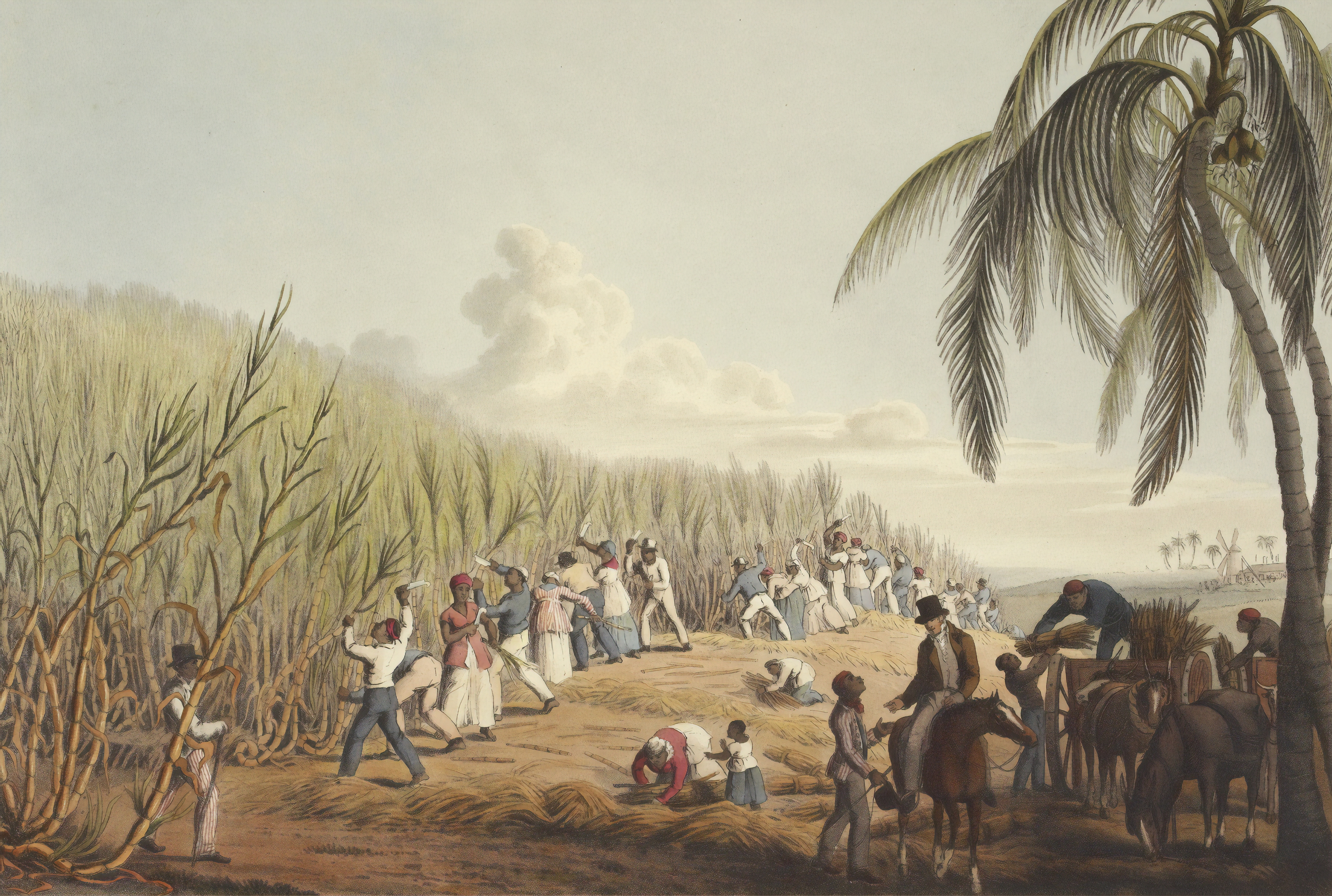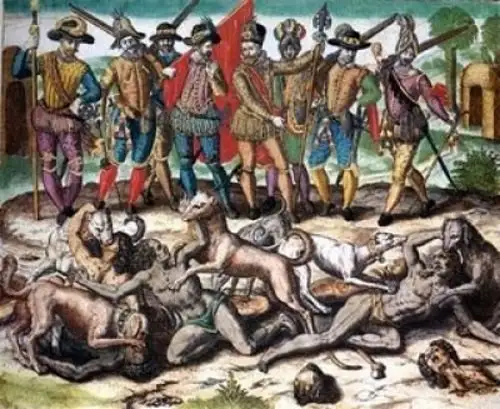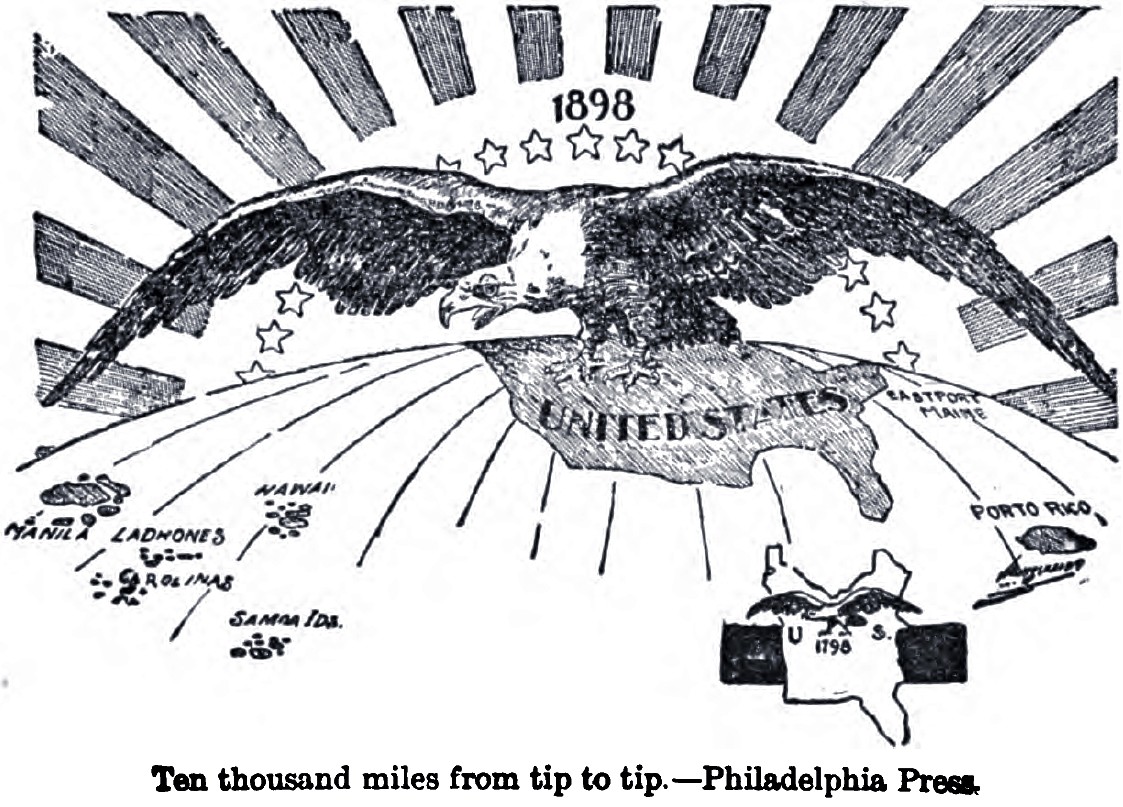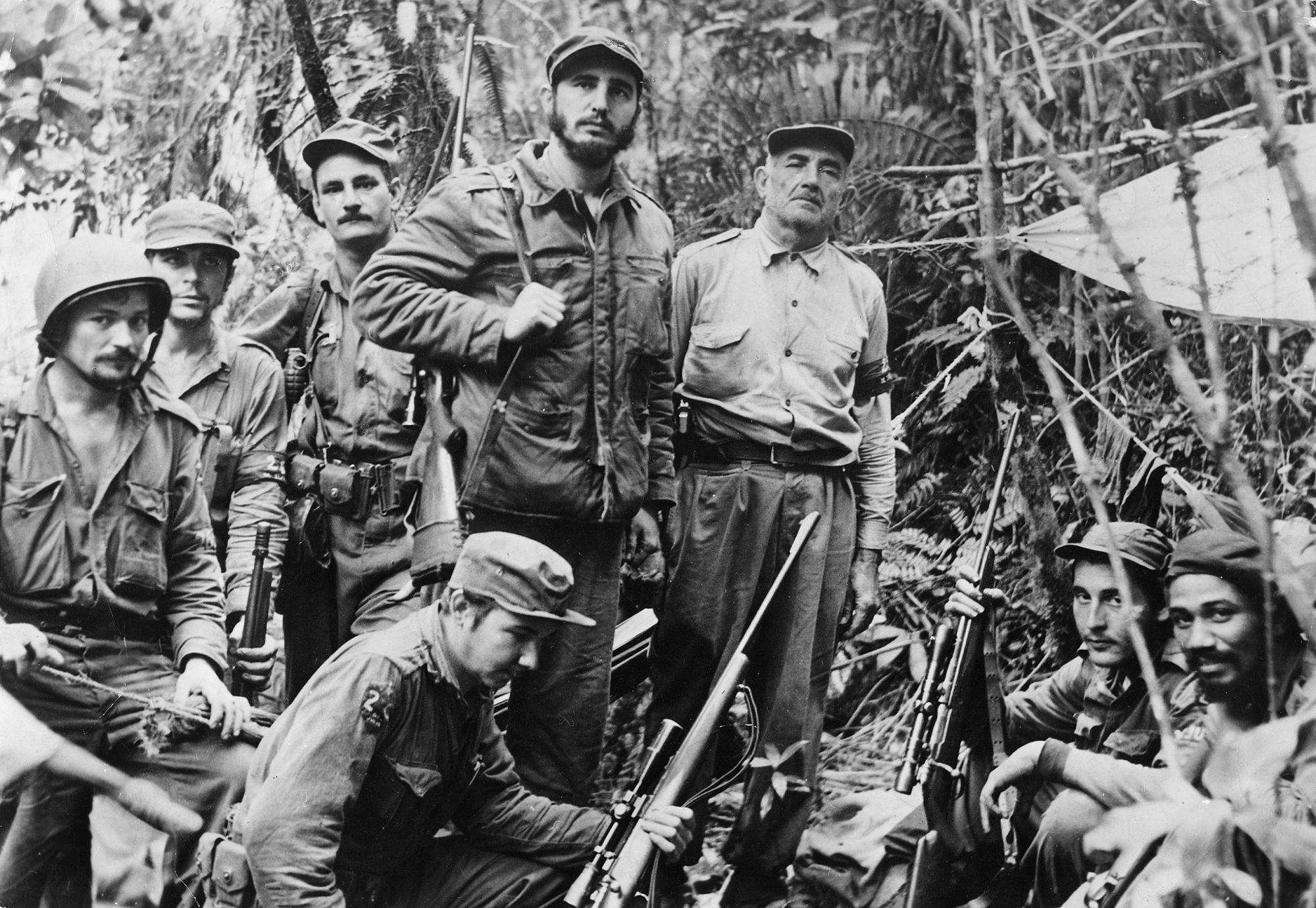A Brief History of Colonialism in the Caribbean Islands (1492-present)
Sun 24 December 2023The Caribbean Islands are a closely linked chain of islands between the tail of modern-day Florida and the shores of modern-day Venezuela. Like the continental Americas, the Caribbean has an ancient history, with records of human settlements in Trinidad dating back to 7,200 BP (Higman, 2012). Before the European invasion that followed Cristóbal Colón’s discovery of the New World in 1492,1 the islands were primarily occupied by Taíno and Caribe, two Arawak-speaking indigenous people with vibrant cultures, demographics, economies, and societies. Spain became the first European power to establish colonies in the New World, bringing conquistadors in part to establish new lives and to profit from the New World wealth, later joined by other European powers such as Britain, France, and the Dutch. At the same time, the indigenous people were gradually erased by murder, slavery, and Old-World diseases.2
To meet labor demands, the Europeans kidnapped over 11 million human beings in Africa and Asia and brought them to the Caribbean Islands during the colonial period.3 Over the upcoming centuries, the wealth stolen from the Caribbean propelled the European economy, which flourished the trans-Atlantic slave trade. Most of today’s Caribbean population consists of the descendants of former masters and enslaved human beings. The enslaved population, facing massive brutalities in the plantations, often revolted, most notably during the Haitian Revolution of 1791-1804, demanding rights and later sovereignty. These rebellions brought waves of independence in the Caribbeans and across the colonial world in the 19th and 20th centuries. Today, while there are 13 independent Caribbean nation-states, inhabitants in many islands are still suffering from European and now-American colonial rule.
Rise of Colonialism (1492 – 1800s)
The history of the modern-day Caribbean islands is profoundly shaped by the legacy of European colonialism, which started with the expedition of Cristóbal Colón in 1492. Over several voyages visiting the region, the Spanish conquistadors decided to colonize the island of Hispaniola (modern-day Haiti and the Dominican Republic), which inhabited the largest Caribbean population of the Taínos. Under the barrel of European guns, the natives mined precious metals in slavery-like conditions. As torture, overwork, and starvation acted on their bodies, now already worn out by many Old-World diseases, they eventually started to disappear from the face of the earth. Over time, as Spanish expeditions increased across the Americas and as other European powers joined them, the trade of enslaved human beings kidnapped from Africa and Asia flourished to meet the labor demand.
While the Spanish built their massive empire across the Caribbean and the New World based on extracting precious metals, future European powers such as the French, the Dutch, and the English established colonies based on labor-intensive plantation systems. Sugar became the defining cash crop of the Caribbeans as Haiti (then French Saint-Domingue) became the richest colony in the world. With an unlimited labor supply from enslaved human beings, the plantations flourished in the colonial economies. As a result, Western Europe was propelled on the road of economic development, overtaking China and India for the first time in the Common Era.4 Some scholars have suggested that productive forces that brought the origin of capitalism in Britain in the second half of the 18th century were stimulated and matured by the colonial system, with the West Indies as the “crown jewels” of the British Empire (Williams, 2021, pp. 100-107). If the thesis is true, slavery in the Caribbeans has played a critical role in developing the prevailing capitalist world order of today’s world.
Haitian Revolution and the End of Slavery (1791 – 1917)

The French Revolution is considered a profound event in European history. However, the significance of the simultaneous slave rebellion in the French colony of Saint-Domingue is often ignored despite its profoundness in shaping the history of colonies worldwide. The former showed the revolution of the wealthy bourgeoise to grab power, and the latter demonstrated the revolution of oppressed people against their oppressors. Around the end of the 18th century, Saint-Domingue was the world’s richest colony with its sugar plantations, fueled by extreme exploitation of enslaved human beings at a ratio of 15:1 to European colonists.5 Upon successful rebellion, the majority Black population of Saint-Domingue expelled the whites and established a black country of Haiti. Being the first colony to declare independence in modern history, Haiti experienced unprecedented hostility from all major economic powers, including the United States, a former colony and now rising economic power. It resorted to paying heavy economic tolls to its former colonial master and lost countless wars.6 Nevertheless, in 1922, Haiti conquered Santo Domingo and abolished slavery from the entire island of Hispaniola. It carried a vigil of rebellion and abolition for the independence movements, starting with the Spanish colonies in the New World.7
Amid the French and Haitian Revolutions, France abolished slavery in all its colonies. In 1807, Britain abolished the slave trade on all its ships. In 1867, Spain became the last European empire to declare abolition of slavery, although it remained in Cuba until 1886. At the end of the 19th century, while the slave trade and slavery were universally abolished, colonialism was to remain a dominant force, connecting the periphery and the metropolis in a tight economic relationship. As many of the freed slaves left plantations to live independent lives, the British imported more than half a million indentured servants from China and India, both voluntarily and involuntarily, to fill the deficiency in the plantation labor force. Starting in 1833, the hardship of indentured labor, comparable initially to slavery, gradually eased before the practice was abolished in 1917, allowing imported Asians to live dignified lives.
American Imperialism (1823 – present)
With the invention of the cotton gin in 1793, the United States saw itself as a rising global economy during the 19th century, propelled by plantation slave labor in the South. In 1823, U.S. President James Monroe articulated the Monroe Doctrine to support independence movements in the Americas and to reduce European influence in the New World. The Caribbean islands, however, remained part and parcel of European colonialism until much later. During the 19th century, the U.S. idealized its imperial ambitions in the Caribbeans.8 Finally, in 1898, it joined Cuban and Puerto Rican rebel forces in their fight to gain independence from the dying Spanish empire.9 The U.S. occupation of Cuba and Haiti in the aftermath of the War marked the official beginning of American imperialism based on occupation, military intervention, and economic imperialism in the Caribbeans.10
Cuba
After the 1898 Cuban War of Independence, the U.S. installed a military government in Cuba. To stipulate American withdrawal, Cuba amended its constitution to meet the Platt Amendment word-by-word, thereby submitting its sovereignty to the United States.11 While the U.S. military withdrew in 1903, it invaded Cuba for the second time in 1906 and followed up many times in the upcoming decades. Under the neocolonial umbrella established by the U.S. government, American enterprises controlled the Cuban economy, especially when ruled by the military dictator Fulgencio Batista. After Fidel Castro overthrew Batista in 1959, the United States enacted unilateral trade embargoes against Cuba and then followed up with an unsuccessful Bay of Pigs invasion in 1961. As Castro turned closer to the Soviet Union for protection and trade, the Cold War escalated to the Missile Crisis. Alongside the Second World, Cuba also came closer to the Third World by leading the Non-Aligned Movement (NAM) and assisting in worldwide independence. After the Soviet collapse in 1991, however, Cuba, which had yet to diversify from the sugar market, experienced a major economic shock, while the U.S. trade embargo from the Cold War period is still active and now considered the most enduring worldwide.12 In a world economy dominated by the US, these embargoes have paralyzed the Cuban economy, yet it survives to this day, hoping for neo-colonial imperialism to end.
Puerto Rico
After the Spanish-American War of 1898, Puerto Rico became a U.S. colony.13 In 1917, Puerto Ricans were granted U.S. citizens to draft them for the First European Imperial War (World War I). It also purchased the neighboring Dutch West Indies to incorporate the colony of the U.S. Virgin Islands. As the Foraker Act of 2000 had established the ground for a colonial government with an export-oriented economy, American Enterprises flourished by exploiting Puerto Rican labor to produce cash crops such as sugar, coffee, and tobacco while those laborers remained in poverty. The letter of the doctor Cornelius P. Rhoads in 1931 admitting to racism and homicide against Puerto Ricans and the subsequent whitewashing in the US mainland afterward demonstrated precisely how the ruling class in the mainland considered Puerto Rico. Unlike the successful rebellion of Fidel Castro in Cuba, Puerto Rican calls for statehood and independence failed due to the dominance of private American enterprises in the colonial government as well as the brutal and illegal repression of dissent through the FBI’s scandalous COINTELPRO program. Since the 1950s, the Puerto Rican economy has also undergone major shocks following mainland policies, natural disasters, and other macroscopic economic events, leading to the current Puerto Rico Debt Crisis. Like the Hawaiian island chain in the Pacific, which act as an American military outpost in the Pacific, Puerto Rico and the American Virgin Islands have served as the backyard for the American military in the Atlantic, at the expense of the sovereignty of the 9 million Puerto Ricans, two-thirds of whom live in “exile” in the metropolis.14
Hispaniola
According to one scholar, “Beyond their shared revolutionary origins, Haitian-U.S. foreign relations have been, and arguably remain, the stuff of bird shit: a toxic tale of ecological capitalism, a symbol of environmental racism against the poor, and a continuing saga of the post-slavery treatment of Black people as vessels for disposable waste” (Alcenat, 2021). Following the Haitian Revolution in 1804, the United States failed to recognize Haiti until 1862, fearing that the slaves in the South would start revolting. In 1915, the United States invaded Haiti to protect the financial interests of the National City Bank of New York and remained there until 1934. During the Cold War era and afterward, the U.S. has often intervened in the political affairs of Haiti (Brune, 1998) (Jefferies, 2001).
In the early 20th century, the Dominican Republic struggled to repay its debts to European powers. Following the Monroe Doctrine, the United States purchased the debts from the European powers and invaded and occupied the Dominican Republic in 1916, asking for a payoff. The United States maintained occupation until 1924.
Independence Movements (post-World War II)

The two Imperial Wars of Europe in the 20th century brought catastrophe to colonialism. With weakened masters in the metropols and oppressed people in colonies worldwide, the Wretched of the Earth fought for independence, including in the Caribbeans. Jamaica led the charge in 1962 in the British West Indies, followed by Trinidad and Tobago, Barbados, Guyana, and the remaining colonies. Many islands formed regional and global associations, notably the Non-Aligned Movement (NAM) and Group of 70 (G-70). However, the U.S. colonies of Puerto Rico and the U.S. Virgin Islands remained as colonies at the height of U.S. imperialism. In contrast, the French colonies of Martinique and the Cayman Islands became a commonwealth and obtained full rights of French citizens. For the newly formed independent Caribe nations, the legacy of European institutions and policies shaped their post-colonial structure. Some, like Barbados, excelled with them and demonstrated to many Third World countries that the “natives” have the potential to develop as independent nations.15
Final Remarks
The history of Caribbeans, in its essence, constitutes colonialism, enslavement, rising capitalism, and above all, a history of genocide of natives who had resided there since ancient times. While many islands have received independence from their former masters (or garnered welfare), the United States continues to exert its hegemonic might, military and economic. Since much of the riches in Europe were made with the exploitation of the New World colonies for centuries, it is of utmost importance to realize the necessity of reparations, especially in a country like Haiti that has often been looted.
It may seem that the American empire will forever treat the Caribbean as backward, especially in Cuba, which has experienced more than sixty years of economic blockade. However, we must fiercely oppose such neocolonial domination, understanding that all empires are bound to fall. The dignity and the rights of the natives everywhere must be restored to preserve the earth’s soul. We must fight to ensure that the chapters of settler colonialism are relegated to the panes of history with all its dark episodes.
References
Alcenat, W. (2021). How U.S. Economic Imperialism Underdeveloped Haiti. NACLA Report on the Americas, 53, 193-201. doi:10.1080/10714839.2021.1923226
Ayala, C. J., & Bermabe, R. (2007). Puerto Rico in the American Century: A History Since 1898. Chapel Hill: The University of North Carolina Press.
Brittanica, T. Editors of Encyclopaedia. (2023, November 9). Haitian Revolution. Retrieved from Encyclopedia Britannica: https://www.britannica.com/topic/Haitian-Revolution.
Brune, L. H. (1998). U.S. Intervention in Haiti. In The United States and post-cold war interventions : Bush and Clinton in Somalia, Haiti, and Bosnia, 1992-1998 (pp. 37-64). Regina Books.
Fanon, F. (1961). The Wretched of the Earth.
Higman, B. W. (2012). 2 - ANCIENT ARCHIPELAGO, 7200 BP–AD 1492. In B. W. Higman, A Concise History of the Caribbean (pp. 9-13). Cambridge University Press.
Jefferies, J. (2001). The United States and Haiti: An Exercise in Intervention. Caribbean Quarterly, 47(4), 71-94. doi:10.1080/00086495.2001.11672153
Maddison, A. (2007). Contours of the World Economy, 1–2030 AD: Essays in Macro-Economic History. New York: Oxford University Press.
Williams, E. (2021). Capitalism and Slavery. The University of North Carolina Press. Retrieved from https://www.jstor.org/stable/10.5149/9781469663708_williams.
Cristóbal Colón is the Spanish name of the Italian conquistador Cristoforo Colombo (anglicized as Cristopher Columbus). We prefer to use the Spanish name because his expeditions to the New World were carried under the Castilian flag.
However, the indigenousness of the Caribbean lives to this day. See: University of Cambridge. Ancient genome study identifies traces of indigenous “Taíno” in present-day Caribbean populations. https://www.cam.ac.uk/research/news/ancient-genome-study-identifies-traces-of-indigenous-taino-in-present-day-caribbean-populations. Accessed December 2, 2023.
In the early period, poor whites were also brought from Europe as indentured servants; however, as the slave trade became well-established, enslaved human beings replaced them.
Maddison’s estimates show that by 1870, western Europe, China, and India had a world share of GDP of 33.1%, 17.1%, and 12.1%, respectively. In 1 AD, these shares were 13.7%, 25.4%, and 32.0%. See Table A.6. (Maddison, 2007, p. 381); a portion of the table data has been visualized here.
In 1789, there were 500,000 African slaves, 32,000 European colonists, and 24,000 free people of color in Haiti (Brittanica, T. Editors of Encyclopaedia, 2023).
Haiti reluctantly paid today’s equivalent of UDS 20 billion to France over the next century, while the metropolis has yet to pay any reparation for the centuries of occupation, massacres, brutalization and enslavement of African and the native population in Saint-Domingue.
By 1836, Spain had lost all its colonies in the Americas. Its only remaining strongholds were Cuba and Puerto Rico in the Caribbeans.
In 1881, the U.S. Secretary of State James Blaine wrote, “If ever ceasing to be Spanish, Cuba must necessarily become American and not fall under any other European domination.” See Office of the Historian. PAPERS RELATING TO THE FOREIGN RELATIONS OF THE UNITED STATES, TRANSMITTED TO CONGRESS, WITH THE ANNUAL MESSAGE OF THE PRESIDENT, DECEMBER 5, 1881. No. 401. Mr. Blaine to Mr. Comly. https://history.state.gov/historicaldocuments/frus1881/d405.
The U.S. also annexed the Philippines, Guam, and Hawai’i in 1898.
For a figure on the US interventions in the Caribbean, see Open Ended Social Studies. Select US Military Interventions in Latin America and the Caribbean, Early 20th Century. https://openendedsocialstudies.org/2017/04/18/the-duty-of-the-hour-the-cuban-revolution-part-i/select-us-military-interventions-in-latin-america-and-the-caribbean-early-20th-century/. Accessed December 3, 2023.
For the full text of the treaty, see National Archives. Platt Amendment (1903). https://www.archives.gov/milestone-documents/platt-amendment. Accessed December 2, 2023.
World Finance. The history of trade embargoes. https://www.worldfinance.com/special-reports/the-history-of-trade-embargoes. Accessed December 2, 2023.
The primary reasons Puerto Rico was not incorporated as a State included racism via Social Darwinism, the competitive logic of capitalist accumulation, and the fervor of nascent imperialism (Ayala & Bermabe, 2007, pp. 30-31).
The exile-ness is derived from the long-established colonial rule of the U.S. government. Puerto’s cost of living is higher than the median household income.
The word “native” is used in the spirit of its use by Fanon (1961), in contrast with the European “masters.”
Originally published on Substack at https://penguing.substack.com/p/a-brief-history-of-colonialism-in.
 Damodar Dahal
Damodar Dahal



